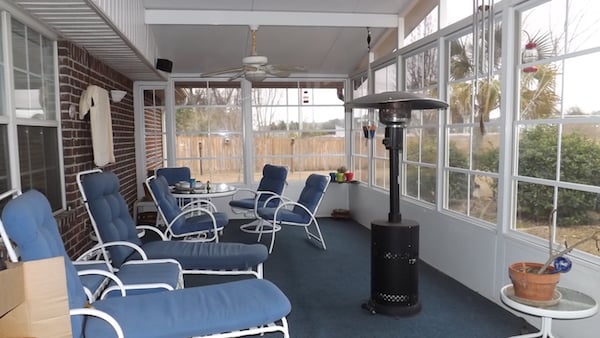
Do you want to extend your summer? Or perhaps make your guests more comfortable on a chilly night outdoors, hanging out on the pool deck or BBQing on the patio. There are many options to heat your patio, balcony or deck, and the best of these heating options can raise the temperature a good 10 to 15 degrees within a 15-foot radius of each individually placed heating unit. If you use multiple patio heaters in close proximity, or use patio heaters in conjunction with other heating options, all of a sudden it’s summer in the dead of winter.
Patio heaters are most often used to turn a cool evening on a patio or pool deck into an enjoyable place to have company outdoors. They use various forms of energy, some plugging into an outlet, others using natural gas or propane, but no one energy is better than the other in performance, only in price. For this, naturally, you will need to do a bit of research on local gas and electric prices and the energy demands of each patio-heating unit. But these prices will be fairly comparable, so the best thing to do is to find the right aesthetic look and the right capability and make the purchase.
Outdoor Heating Options
The first thing to consider if you are putting in new decking is always radiant flooring—installing heat below the patio. (This makes a bit more sense if we’re talking about a cement or stone deck, of course, rather than a freestanding wood deck, but you get the drift.) For a deck that you plan to use during multiple months when the temperature is just barely below comfortable, radiant flooring can raise the temperature those extra couple of degrees with a simple flip of the switch. But for most outdoor heating needs, a patio heater is the best option.
Ready to start your patio heater?
Find ProsPatio Heaters
Patio heaters come in many forms. The one you’ll find in an ice hockey rink is the built-in mounts that look like a wall of fire. They will cover the most space, but for aesthetic reasons, most people go with the less industrial options. For instance, there are freestanding units that stand six to ten feet high like a streetlamp, and similar fixed or in-ground units that are placed permanently around the deck. And for smaller jobs, there are small mobile units, tabletop heaters, and the standard space heaters that can be placed without discretion. Each of these units will tell you on the box or description how much heat it can produce in what radius. They also come in a wide variety of designs and colors to meet your exterior design needs.
Heat Dispersion
Always remember that heat gets dispersed as it travels. A patio heater will create far more heat one foot away than it will 15 feet away. Because of this, it might be prudent to buy the amount of space heaters you think you need and add onto that if they don’t cover the necessary surface area. Either that, or overbuy. Space heaters are one of those purchases where you can never go wrong with or have too many. Putting that extra heater out on the balcony so you can have a winter morning coffee doesn’t sound too bad, now does it?
As with many energy and heating ideas, always consider using multiple approaches. Radiant floor mixed with a few in-ground patio heaters and some freestanding ones in the basement ready to go, along with a nice fire pit, is never a bad idea. It will welcome your guests, and yourself, to use the outdoors more frequently and more comfortably.
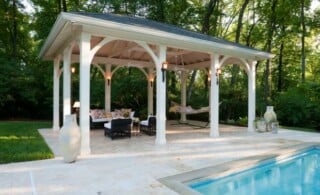 Cleaning Your Exteriors With a Pressure Washer
Cleaning Your Exteriors With a Pressure Washer 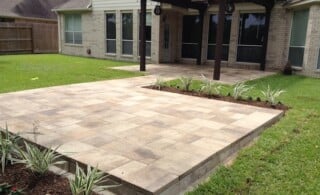 Resurfacing an Outdoor Patio
Resurfacing an Outdoor Patio 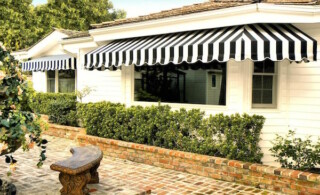 Types of Awnings
Types of Awnings 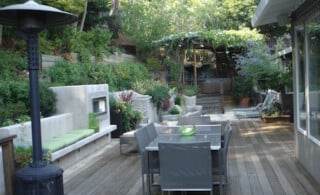 Outdoor Heaters: a Refuge from the Cold
Outdoor Heaters: a Refuge from the Cold 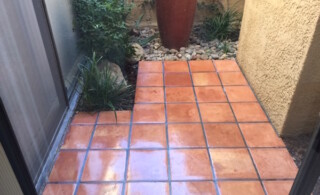 Mexican Pavers for that South of the Border Feel
Mexican Pavers for that South of the Border Feel 

Are You Familiar With This Topic? Share Your Experience.